Summer School Eighth Graders Actually Liked!
Were you involved with summer school this year? Were you happy with the results? A teacher team at Pioneer Middle School in rural upstate New York was weary of a one-size-fits-all (and not very well) model that would feel familiar to many middle school educators.
In the summer of 2018 Kim, Deb, Dan and Sarah set out to reinvent their summer school around individual student needs. We’ve asked them to share what they did and some of what they’ve learned after two years. Download the Summer School Reset PowerPoint for details that can help other schools move in this direction.
By Kim Higgins, Deb Pidsadnick, Dan Souder and Sarah Wood
Who wants to teach summer school? Let’s face it, being a teacher is hard work. For 10 months of the year we are giving our craft and our students our full attention. Teachers are understandably reluctant to look ahead and think about what will happen when summer comes and some of us will spend part of the break with the kids who didn’t make it over the hump.
In the past, our three-week 8th grade summer school program consisted of three daily 55 minute sessions covering ELA, math, and study skills. All students were required to take these three subjects, regardless of the subjects they failed during the year.
During the 2017-18 school year, we decided we wanted to approach the summer school program differently. We moved away from thinking of it as a somewhat dreary necessity and chose to view our summer time with these veteran middle schoolers as an exciting challenge. Here’s what happened!
A new approach
After doing research on customization of learning and adolescent brain development, we began to surface some fresh ideas. We decided our main focus would be purposeful engagement. We felt that the more we could use enriching activities to personally engage our rising 9th graders in their learning, the more likely they were to retain the information.
We radically changed the old structure. We created a program of 10-minute modules and individualized schedules for each student based on their academic needs. This enabled us to broaden our subject focus and give students the practice where they really needed it.
Targeting our instruction
What our students most needed at this point was a skills-based learning experience that would help them transition from grade 8 to grade 9. Through discussions with high school students, we were able to identify Global Studies as the most challenging subject for incoming 9th graders. Collaboration with our high school colleagues helped us to incorporate the pre-teaching of Global Studies into the summer school program.
In addition, our district was receiving new graphing calculators, and we knew most of our students had little knowledge about their use. We decided to add some pre-teaching of basic graphing calculator skills.
Ultimately, our 2018 summer “modular” curriculum included math, reading, spelling, grammar, typing, vocabulary, multiple choice strategies, Global Studies, calculator, finance, and career preparation. All of these skills combined created a program that was useful, flexible, and highly individualized for our struggling students.
To further explain our process, our 15 students were given individualized schedules on day one. These schedules were broken down into 10-minute blocks. Some of the blocks were used for direct instruction, some for work time, and some for independent practice. (Click sample to enlarge)
Group sizes varied. Our blocks were flexible day-to-day, according to the need(s) of the student. Students and instructors set goals and reviewed them together. These goals along with their portfolio of work and daily reflective notes provided the assessment data we needed to determine promotion.
Three powerful weeks
What more could anyone hope for in a three-week program? Things went so well, and we were very pleased with the quick progress our 8th graders were able to make.
As for the students, they also had wonderful things to say! (We’ve changed names to protect privacy.)
“I wish school could be like this all the time.”
Believe it or not, Jeffrey made this statement after just a few hours in summer school. Kids at this age tend to be pretty intuitive and honest—if you want to know how things are going, just ask them. When we asked Jeffrey how the day was going for him, he basically said he was enjoying the experience. He liked that he could move around, and he was happy the information he was learning was broken down into smaller bits.
Jeffrey was a summer school “repeat offender” and had been through years of the old model. Within the design of our new program, we were able to identify in just a day or two that Jeffrey had a resistance to reading. He was then given the choice to read a text copy of a book or listen to a book audibly.
During the school year, gaining this information would have been a challenge due to the number of students we serve and our inability to converse regularly with each student due to the typical time constraints.
“It helps with my ADHD because I’m more active”
Our summer school is inclusive, and consideration needs to be made for all different learning needs. For Cam, this environment was conducive to his need to “get up and wiggle.” With the 10 minute module-based scheduling we were able to chunk time easily. We used this flexibility to create different blocks of time for each student based on need – either 10, 20, or 30 minutes.
The fact that they moved from room to room, and teacher to teacher, further alleviated restlessness. So much so that even the students recognized the improvement!
“I like it this way because I actually know the teachers.”
Megan was a student who had returned to our district after being in a different one for over a year and a half. She was a late addition to our summer school program, and we knew that a strong “mentor group” would be integral to her success.
A mentor group is a set group of students who meet twice a day with a designated instructor. In these groups we touch base on academic issues but also with personal issues. We felt that this piece was the most pertinent part of this program because without connections we would never be able to help the students accomplish their academic and social goals.
Where did we go from here?
This summer was our second year, and we thankfully had the basics in place. This allowed us to further tailor the program to meet the individual needs for a new cohort of students. We changed and added to the specific skills taught, based on the academic needs of this year’s group and our discussions with students.
Our hope is that we can not only continue this program, but expand it as well. We are in talks with our administration and our colleagues to develop an expansive 7th and 8th grade summer school program that encompasses these ideals. This will also allow us to collect data on these students that will be useful to the classroom teachers in both the middle and high schools.
While others may dread teaching summer school, we are professionally invigorated after our two summers of doing this work. We look forward to the opportunities afforded to us during these weeks, meeting new students, making a difference, and just plain teaching.
For more specific details about our program based on Year 1, download our PowerPoint detailing what we did and what we learned.
Kimberly Higgins is a veteran teacher of 27 years. She holds a bachelor’s and master’s in music education, and a Doctorate in Education with an emphasis in Curriculum and Instruction. She has taught 24 years at Pioneer Middle School in rural upstate New York.
Deb Pidsadnick is a 33-year veteran Spanish teacher. She holds a BS in Spanish Secondary Education and a MS in Multidisciplinary Studies. Deb has taught for 25 years at Pioneer Middle School.
Dan Souder is a veteran teacher of 20 years in Special Education. He has worked in several types of classes from 6-1-1’s to Consultant teacher positions. He currently teaches in a 15-1 program as a math teacher. Dan has taught 18 of his 20 years in the Pioneer Central School District in rural upstate New York.
Sarah Wood has been teaching for 24 years, 22 of them at Pioneer Middle School. During her tenure, she has taught ELA and social studies in various learning configurations. She currently teaches 8th grade ELA. Sarah holds degrees in Elementary Education K-6 and English 7-12, and a master’s in Reading.


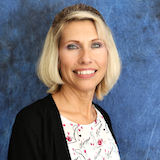
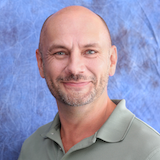
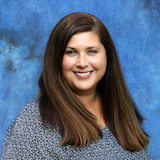
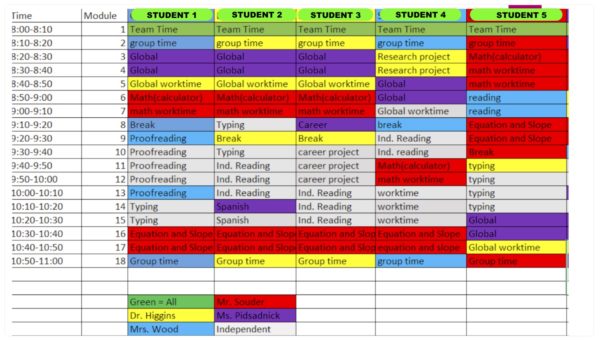
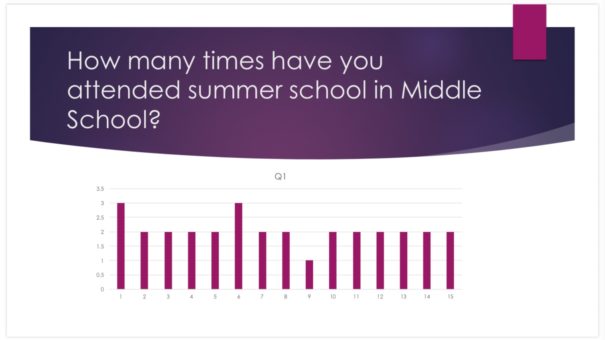
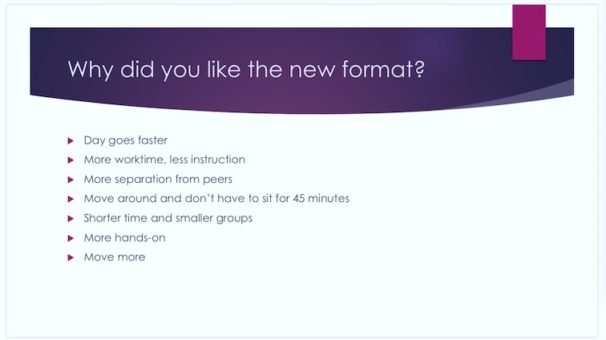



































It sounds like a great experience for both students and teachers. It would be interesting to think about/plan for how the summer school structure can be expanded to the actual school year to provide more engagement and enthusiasm for students.
I’m impressed by your offerings (especially typing!). I hope your program’s duplicated next summer by other schools and districts.